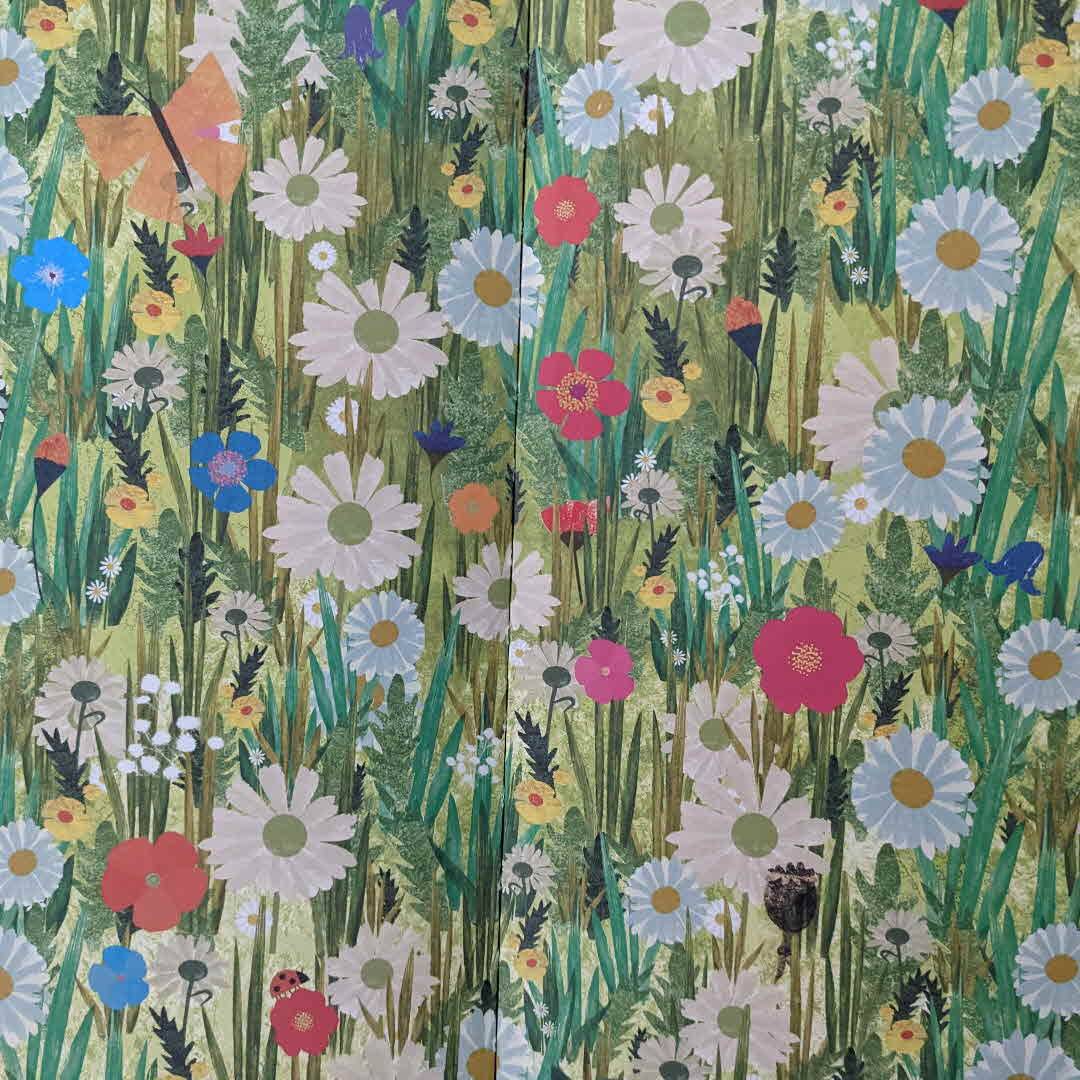When she visits the next flower, some of this pollen is rubbed off onto the stigma. This fertilizes the plant and causes it to produce seeds and fruit.
When she visits the next flower, some of this pollen is rubbed off onto the stigma. This fertilizes the plant and causes it to produce seeds and fruit.
This would be a great book for a science unit on pollination or how all animals contribute to nature. This is a very interesting read for students of any age to show them how important bees are to the world.
This nonfiction book explains to its readers the importance of bees to our world. Woolf explains the importance of bees by giving examples of all we would not have without bees (fruits, veggies, cotton) and weaving a fun, compelling story that remains informative.
“When she visits the next flower, some of this pollen is rubbed off onto the stigma. This fertilizes the plant and causes it to produce seeds and fruits.“
This book would be great in any classroom for a stand alone read aloud or anything regarding science. The book highlights the importance of bees on many of our items of produce and organic materials such as cotton. Students can learn about the processes of how plants are pollinated and gain a respect for living organisms.
This is a nonfiction book that covers how important bees are to our world. Alex Woolf write the story that is accompanied by funny and educational illustrations by Peter Beton. The story revolves around how many food and commercials products, like cotton and fruits/veggies, are reliant on bees to pollinate them and what would happen if we didn't have them.
Without bees, grasslands and nearby farms and forests would become quieter, less colorful places.
I like that this book includes different facts in addition to the main text. This book really shows the importance of bees, which is good to know since bees can seem threatening and scary to some people. It shows how important they are to us.
This book tells about the different jobs that bees do, and the importance of them. It discusses the different possibilities of what could happen if there were no bees. The illustrations are bright, and a creative addition shows certain features of the ecosystem disappearing, as if the bees were gone.

Just having a moment with end pages again...😍